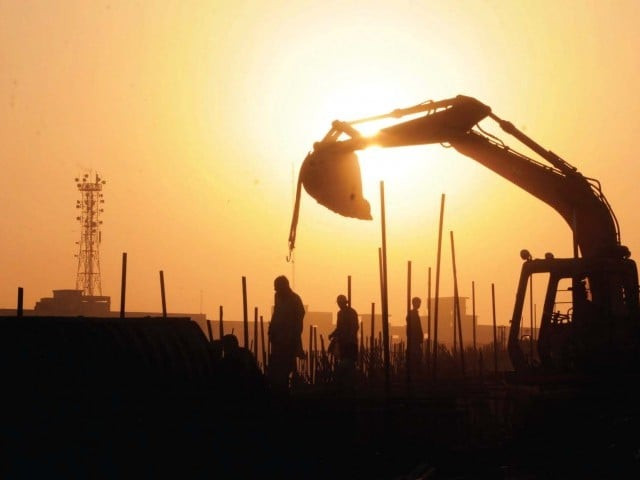
The Sharif government has been the target of growing criticism for focusing more on roads and bridges and paying too little attention to health care and education.
High taxation key barrier to development
However, it does not come out with a convincing explanation on why it prefers building roads and bridges to water supply, health care and educational projects. There will always be faults to find in any explanation it offers. That is how political propaganda goes in the country.
Logically too, the largest chunk of development budget cannot be earmarked for roads and bridges while health care, schooling and potable water are critical needs of all, particularly the neglected and deprived people.
No sane critic of a government will, however, argue against commensurate development, in which roads and bridges do figure somewhere on top of the list.
If development in wealthy democracies is taken as a model for an economy like Pakistan, investment preferences have a history in these countries with focus on all fields of national life including research and development (R&D). Health, education and defence were their top priorities after necessary infrastructure was laid down. However, law-making, judiciary and policing were never out of focus.
Lahore Canal, Ravi to be developed for tourists
Multi-sector development plan
Can Pakistan go for a multi-sector development strategy? Of course, a vast majority of Pakistanis would like a government to help create millions of more jobs while launching infrastructure, services and inflation-controlling projects.
Would such a policy of multi-sector development be practical in this country? If Pakistan plans to have Rs1 trillion development budget for fiscal year 2017-18 and the population census, now under way, reveals a population of more than 230 million with prospects of addition of 10 million more by the end of current decade, the priority list for development needs to start from calculating the per-head money available.
The model of wealthy democracies becomes grossly irrelevant here. Traditional priorities in the US and the economic and fiscal development achieved in that country over the past 10 decades enabled America to chart out multi-sector plans.
Pakistan does not have the option of doing such a planning. Only the most critical and essential areas should top the list of budget allocation.
Of course, these areas will be developed in a manner that industry and infrastructure building are clubbed together, health and education are put in the same category, employment generation is made a vital part of all development, while housing and farmland facilitation is integral to the entire strategy.
Those who compare the situation of Pakistan with that of South Korea, Singapore, Malaysia and other third world models and call for intensifying commensurate multi-sector development will find Pakistan lacking money that those countries could spare for rapid development.
Which model to pursue
What then is the model Pakistan needs to follow and how it can go for a development strategy that is not political, but puts the country on course for rapid progress?
Critics of faulty options of the present government in development work should look for answers to this question — answers that are realistic both in terms of financial potential and strategic advantages.
Human capital development in Pakistan
Many observers speak too much about strategic or locational advantages and too little about the economic and financial potential. Any strategy that could be fruitful should take into account the vocational, R&D, financial, cultural, marketing and productive requirements of Pakistan.
Development has two aspects: market forces and political. No government will facilitate the market forces at the cost of political advantages. Bending all political orientations in support of economic development needs some exceptional nationalistic tendencies.
I do not see such tendencies in Pakistan. Still I hope this country will find a way to trigger whatever potential it has for development without wasting opportunities that comes its way.
Pakistan has exceptional disadvantages more than exceptional development orientation. Its location requires taking certain important decisions in foreign policy to achieve a breather for peacefully outgrowing the economic and cultural antiquity.
That is a task which cannot be accomplished in a hostile regional environment. In my view, Pakistan should start taking steps for national development in a peaceful environment.
Imagining that such an environment is impossible will mean that Pakistan is only moribund. I hope that is not true. Those who have the guts to criticise the Nawaz Sharif model of development should also contribute to creating peaceful conditions for Pakistan.
The writer has worked with major newspapers and specialises in the analysis of public finance and geo-economics of terrorism
Published in The Express Tribune, March 20th, 2017.
Like Business on Facebook, follow @TribuneBiz on Twitter to stay informed and join in the conversation.
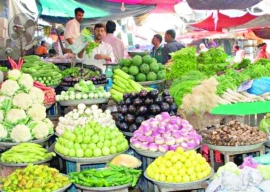
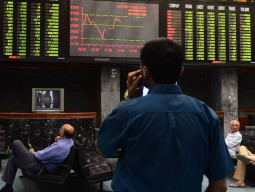
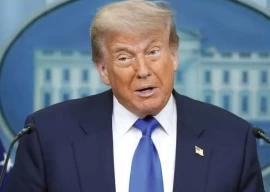
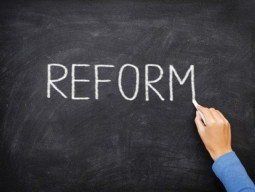
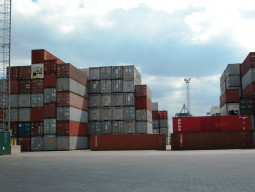
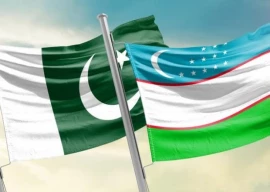












COMMENTS
Comments are moderated and generally will be posted if they are on-topic and not abusive.
For more information, please see our Comments FAQ